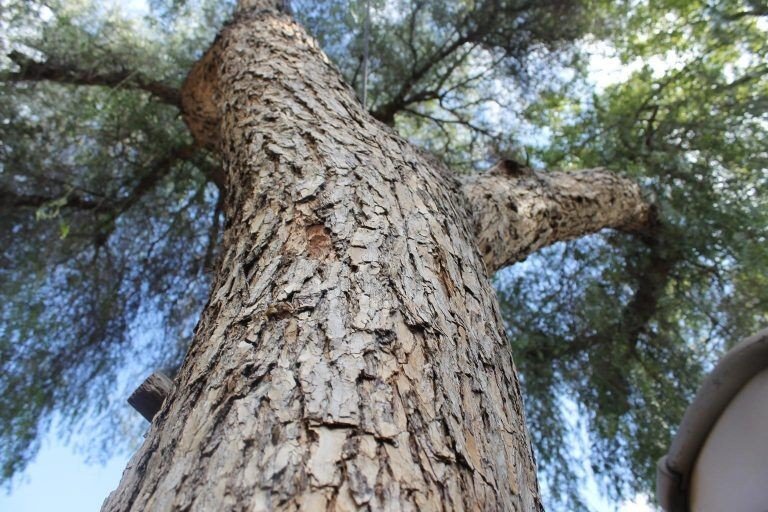The Beginners Guide to Tree Removal
Trees can be extremely dangerous and you should only attempt tree removal when you know how to properly do it. Dead branches and limbs aren’t good for your tree, and they often have massive cracks and cuts. Also, keep an eye out for overlapping branches, as these may be rubbing together, and they should be removed to prevent infection.
Pruning suckers
Pruning suckers is not difficult for a beginner, but it’s necessary to have the right tools and be patient. Despite their small size, suckers can often indicate serious problems in your trees. In this case, you should remove the trees and apply brush killer on the stump to prevent sprouts from growing. Besides removing suckers, you should also pay attention to the soil conditions. Suckers may appear because the tree doesn’t get enough water, especially when it’s young or when the weather is too hot. In addition, suckers can result from improper pruning.
To remove suckers from a tree, you first need to identify them. Suckers are the stems growing from the main leader and compete for water and nutrients. You should cut the suckers as close to the ground as possible. Otherwise, they will sprout around the cut.

Pruning large limbs
Before removing a large limb from a tree, it is important to understand how to prune it correctly. Pruning the wrong way can result in damage to the tree or a potentially hazardous situation. This article will provide you with a few simple steps to ensure that you don’t end up damaging your tree.
When pruning large limbs, be sure to observe the shape of the tree and look at it from every angle. If you don’t have any idea of the shape of the tree, you should hire a professional tree service. Visit https://www.treeloppinglogan.com/tree-removal-logan/ to gain more insights about tree removal works.
Pruning dead branches
Pruning dead branches is an essential part of tree maintenance. These branches pose a number of dangers to your tree, and you should remove them as soon as possible to prevent further damage. For starters, dead branches can harbor disease, and they can also be a hazard to people, objects, and structures.
To begin pruning dead branches, examine your tree thoroughly. Cut away branches that have massive cracks or cuts. Cut them off before they rub against each other and create an entry point for insects.
Pruning overlapping branches
Pruning overlapping branches is a basic tree removal task. It involves the removal of dead and diseased branches and preventing the thickening of the tree. It should be performed in sections to avoid damaging the tree and risking injury. However, the removal of overlapping branches should only be performed when it is safe to do so.
The proper way to prune overlapping branches is to cut them just beyond their collar. The cut should be made at the point where they attach to the tree’s main stem. The tree has the ability to close wounds, but when this is not the case, the exposed wood tissues will begin to decay.
Tree Removal Safety equipment
Before beginning any tree removal project, you should use safety equipment to protect yourself from harm. First, you should know how to recognize weakened trees. Know which ones are likely to crack or splinter, and how to test the strength of their limbs before climbing. You should also be alert for any signs of disease or animals in the tree, including poison ivy or oak.